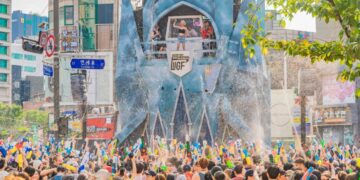The 1st of March is the Independence Movement Day or ‘Samil Jeol’ in Korea. It is a public holiday in South Korea that commemorates the March 1 Independence Movement in 1919.
What is the March 1st Movement?
March 1 for Korea is a 빨간날 (bbalgan nal) or “Red Day”, meaning a national public holiday. It’s not just a public holiday but an important day in Korean history as it celebrates the starting day of the Independence Movement. It was the trigger of a nationwide civil protest against the ruling ok South Korea by Japan.
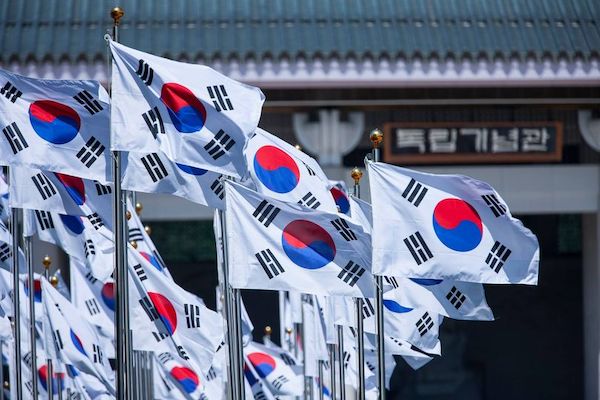
In Korean language, it is referred to as 삼일 운동 (samil oondong) or the Samil Movement. It literally translates to 3-1 for the month and the date. It is also sometimes called as Manse Demonstrations or 만세운동 (manseundong).
History of March 1st Independence Movement Day
Since 1910, Korea was occupied by Japan and suffered through the colonial regime for almost a decade. The Paris Peace Conference in 1919 was the trigger of Korea’s quest for independence.
President Woodrow Wilson’s statement of even smaller nations having a right of national ‘self-determination’ was what motivated a lot of Korean patriots. They even published a statement demanding freedom from Japanese colonial rule.
The Korean Declaration of Independence
Following this, 33 activists of the Independence Movement read and signed the “Korean Declaration of Independence.” This signing was at Taehwagwan Restaurant in Seoul and was later read publically by a Korean student at Pagoda Park (now Tapgol Park).
The activists wanted a peaceful signing and declaration so they even called police to confess. Despite their peaceful actions, the crowds assembled all across the nation to protest the Japanese suppression and demand independence. The police were not able to control the large and massive scale of protests and the military was called in leading to horrible massacres.
Police then rounded up the protestors and crammed them into a church that they promptly set ablaze. Soldiers even fired into the flames through the windows to ensure there were no survivors.
The Massacres
Approximately, more than 1,500 demonstrations all across the country hit by the Japanese police and military. According to the “Bloody History of the Korean Independence Movement” book, around 7,509 people were killed, 15,849 wounded, and 46,303 were arrested.
The arrested people were taken to the infamous Seodaemun Prison where they faced torture, death without any due process or trial.
Establishment of the Provisional Government of the Republic of Korea
This movement lasted for a little over a month, from March 1st to April 11th. The movement did not achieve its intended effect but there was an establishment of the Provisional Government of the Republic of Korea in April in Shanghai.
Later, people formed The Korean Liberation Army in China and led to the rise of the Korean Cimmunist Party. Although the movement was not completely successful, the Japanese government changed its way of ruling Korea. Korea remained under Japanese rule until the end of World War II in 1945.
And finally after the Korean War, March 1st was declared as a national holiday in South Korea on May 24, 1949.
Celebration of the Independence Movement Day
Since May 24, 1949, March 1st is now the symbol of national unity, sacrifice, and bravery of thousands of Koreans who came together to fight for their freedom.
Nowadays, to celebrate the Independence Movement Day, Koreans reenact the demonstrations and rallying in the streets of Seoul. They rally around the City Hall and wave Korean flags (태극기 taegeukgi), while shouting 만세 (Manse) that means ‘Hurray.’
The reading of the famous Korean Declaration of Independence is also common at Tapgol Park.
There are several parades, concerts, and exhibitions to commemorate the day all across South Korea. People even host flags at their homes or visit the sites of historical significance.
Where to Commemorate March 1st Independence Movement Day in Korea
Read on ahead to know about the historically significant sites in Korea where you can join the commemoration events.
Seodaemun Prison History Hall
To remember the brave spirits of Korean activists and those who fought for the country’s independence. you can visit the prison’s History Hall. You can witness the struggle and pain of Koreans during the Japanese colonization.
You can also look at the real prison cells where thousands of people were held. There are torture chambers, tools, and even displays of execution photographs around the prison.
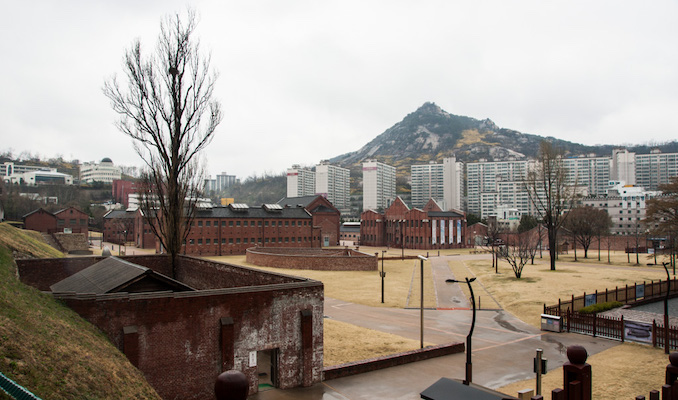
The Independence Hall of Korea
The Independence Hall of Korea is another place that you can visit on March 1st. This highly reputed museum of Korea has several indoor and outdoor exhibitions. Here, you can learn everything about the Korean independence movement and its history.
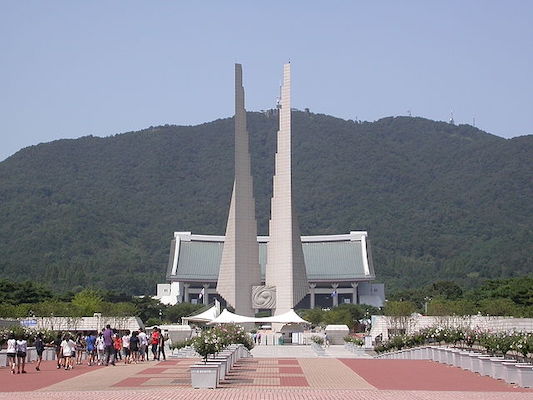
Taeguek Square
If you are visiting the Independence Hall of Korea, you must check out Taegeuk Square. There are 815 Korean flags that are raised making up for a spectacular view.
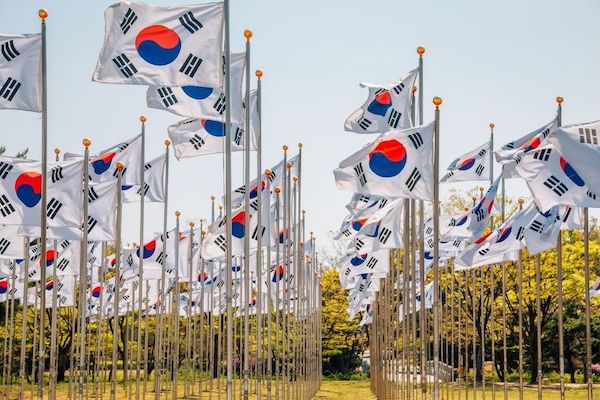
What will you do to celebrate Independence Movement Day in Korea?
Read more interesting articles from KoreaTravelPost:
- K-Tour Top 10 – Explore The Beauty Of Korea From The Comfort Of Your Home
- Best Romantic Destinations for Your Honeymoon in Korea
- Taegeukgi: The South Korean Flag – A Brief History
- Seollal – Lunar New Year’s Day in South Korea




